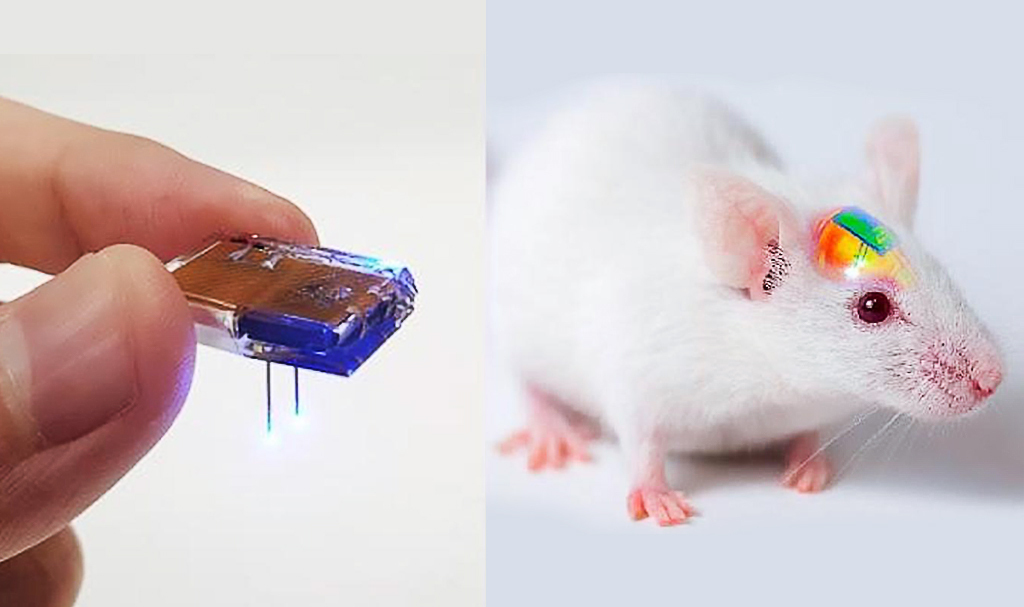[ad_1]

AsianScientist (Mar. 29, 2021) – In a mind-blowing development, researchers have engineered brain implants that can be wirelessly recharged outside the body—allowing extended control over neural circuits without battery replacement. Their findings were published in Nature Communications.
With their potential to read and even control minds, brain implants have long been a staple of science fiction. Far from being used for sinister means, brain implants actually impart real health benefits to patients with neurological conditions like epilepsy and Parkinson’s disease.
However, traditional tethered brain implants often cause stress and inflammation in freely-moving animals, reducing the device’s lifetime in the process. Though wireless versions have since been developed, such technologies still require occasional surgeries for battery replacement or bulky and inconvenient wireless power set-ups.
Upgrading the wireless brain implant he had developed in 2019, Professor Jeong Jae-Woong from the Korea Advanced Institute of Science and Technology (KAIST) developed a device composed of ultra-soft polymers that can be remotely controlled by a smartphone.
In the implant, LEDs the size of a grain of salt are mounted on probes as thick as a strand of human hair—allowing for the wireless control of target neurons in the deep brain using light. To make wireless battery charging and control possible, the team developed a tiny circuit that integrates a wireless energy harvester and a Bluetooth chip.
Magnetic waves penetrate brain tissue to generate electricity in the implant, charging it in the process. Meanwhile, the Bluetooth implant delivers programmable patterns of light to brain cells using a smartphone app, enabling real-time mind control.
To test the effectiveness of their technology, Jeong and his team implanted their device into cocaine-addled rats. By using the smartphone app to deliver precise bursts of light to relevant neurons in the rats’ brains, the researchers successfully suppressed the rodents’ cocaine-induced frenzy. As the rats moved about, the surrounding magnetic field ensured the repeated recharging of the implants’ batteries.
“This device can be operated anywhere and anytime to manipulate neural circuits, which makes it a highly versatile tool for investigating brain functions,” said lead author Mr. Kim Choong Yeon from KAIST.
Moving forward, the authors anticipate that the convenience offered by their wireless brain implant will lead to new therapeutic interventions for brain disorders and neurodegenerative diseases.
“This powerful device eliminates the need for additional painful surgeries to replace an exhausted battery in the implant, allowing seamless chronic neuromodulation,” said Jeong. “We believe that the same basic technology can be applied to various types of implants, including deep brain stimulators, and cardiac and gastric pacemakers, to reduce the burden on patients for long-term use within the body.”
The article can be found at: Kim et al. (2021) Soft Subdermal Implant Capable of Wireless Battery Charging and Programmable Controls for Applications in Optogenetics.
———
Source: Korea Advanced Institute of Science and Technology.
Disclaimer: This article does not necessarily reflect the views of AsianScientist or its staff.
[ad_2]
Source link